Search Results for ‘exercise’
Cat Behavior Decoded: What Your Kitty Wants You to Know
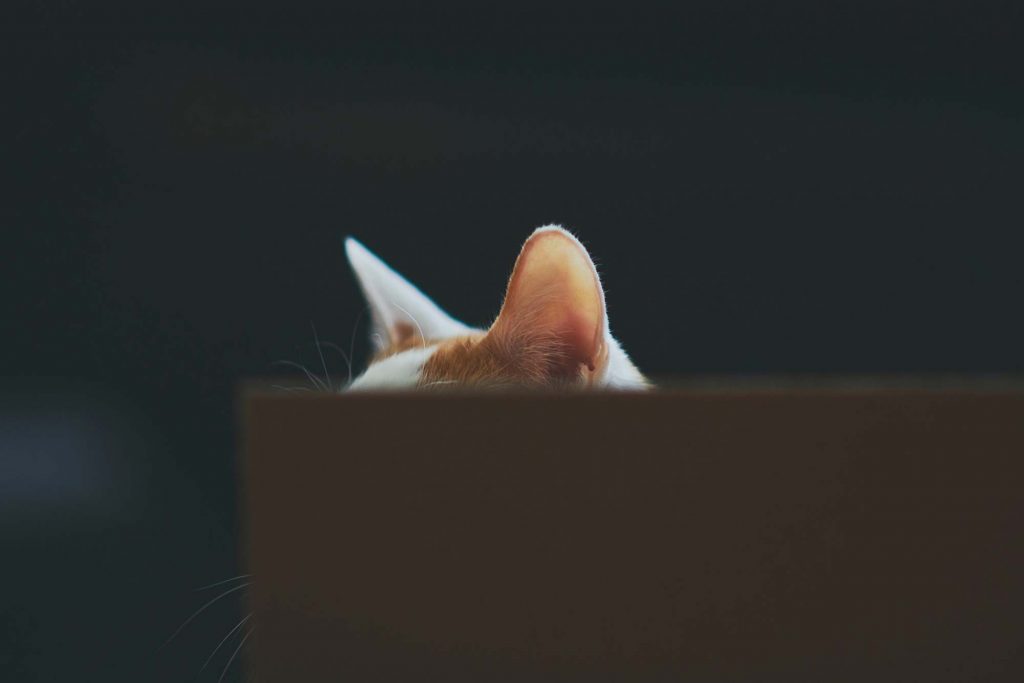 Few companion animals are as captivating as the wonderfully delightful housecat. Their beauty, grace, and mysterious nature draws us to them, even if they don’t always return our affection when or how we want them to. Cat behavior is certainly perplexing, but by making a concerted effort to deepen our understanding of their instincts and desires, we can improve our relationships with them and create happier, more harmonious lives together.
Few companion animals are as captivating as the wonderfully delightful housecat. Their beauty, grace, and mysterious nature draws us to them, even if they don’t always return our affection when or how we want them to. Cat behavior is certainly perplexing, but by making a concerted effort to deepen our understanding of their instincts and desires, we can improve our relationships with them and create happier, more harmonious lives together.
Cat Behavior: Body Language
Cat behavior can range from cute to puzzling to downright annoying. It can be challenging to interpret what our cats want, but paying attention to their body language can give us clues as to what they’re thinking. Cats tend to show their affection for humans through head butting, twitching their tails, or rubbing their cheeks or bodies against us. Meowing is generally reserved for communication with humans and may signal hunger, happiness, or a desire to play. Continue…
New Year, New Pet Wellness Resolutions!
 It’s hard to believe another year has come and gone, but here we are in 2018! Facing a brand new year is both exciting and daunting, offering us the possibility of starting over in many areas of our lives, such as health and wellness and work habits.
It’s hard to believe another year has come and gone, but here we are in 2018! Facing a brand new year is both exciting and daunting, offering us the possibility of starting over in many areas of our lives, such as health and wellness and work habits.
Along with upgrading our personal lifestyles, pet wellness can and should be on the forefront of our New Year’s resolutions. Our list of ideas are designed to be simple and effective ways to give your pet a healthy boost in 2018!
Deciphering Pet Food Labels: What You Need To Know
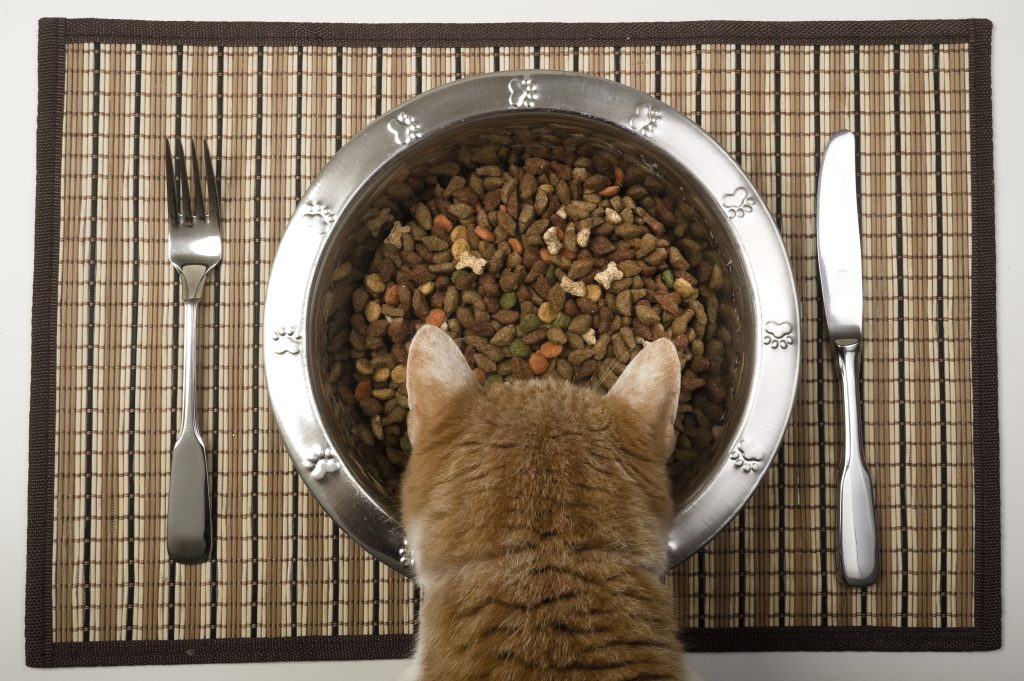 At first glance, feeding your dog or cat appears to be the easiest aspect of pet ownership. You simply grab a bag of pet food off the shelf at your local grocery store, pour some in a bowl, and place it on the floor. Right?
At first glance, feeding your dog or cat appears to be the easiest aspect of pet ownership. You simply grab a bag of pet food off the shelf at your local grocery store, pour some in a bowl, and place it on the floor. Right?
Well, not exactly. Today’s discerning pet owner is quite aware of the overwhelming array of pet food choices available, and sifting through the options can be downright overwhelming. Grain-free, gluten-free, corn-free, organic, raw – the list of potential “best” diets for a given pet seems to be never-ending.
School Daze: Back To School Blues In Pets
 As kids across the country head off to college, parents aren’t the only ones feeling the sting of an empty nest. When a family member is suddenly missing from daily life, a pet can also experience the back to school blues. Also referred to as separation anxiety, the back to school blues in pets can take a toll on a their sense of security and happiness.
As kids across the country head off to college, parents aren’t the only ones feeling the sting of an empty nest. When a family member is suddenly missing from daily life, a pet can also experience the back to school blues. Also referred to as separation anxiety, the back to school blues in pets can take a toll on a their sense of security and happiness.
Fortunately, there is plenty that an attentive pet owner can do to help ease the transition that occurs when a child leaves the home. Your team at Lone Tree Veterinary Medical Center is committed to helping you get your pet back on track!
To Declaw or Not to Declaw: Addressing the Scratching Problem
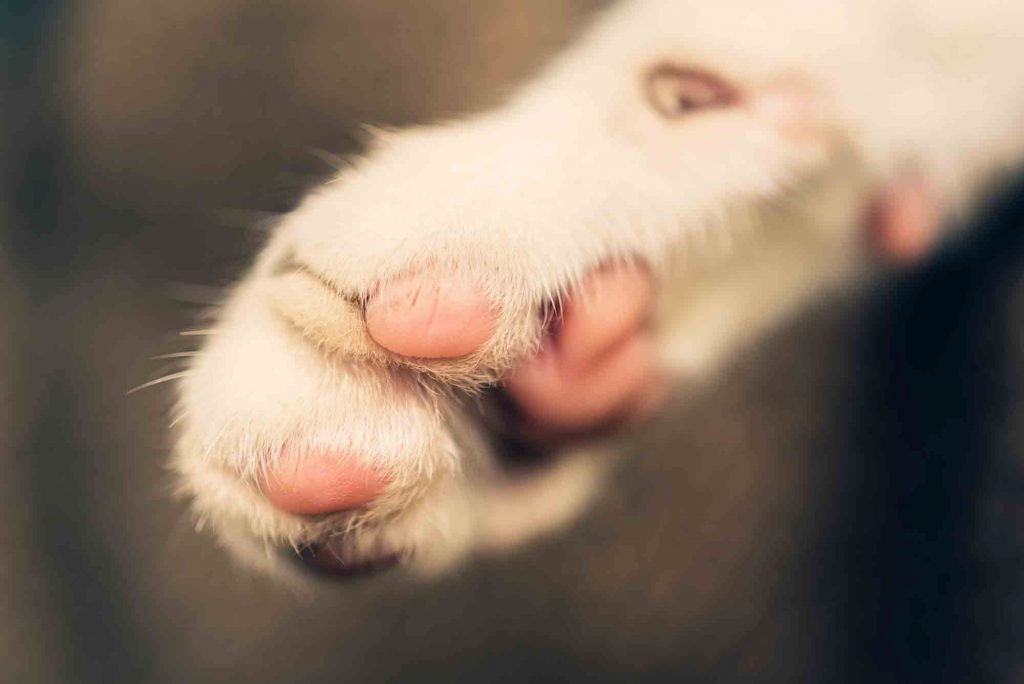 Whether cats should be declawed or not has become a hot-button issue in recent years. As a result, the declawing of cats has been banned in more than a dozen countries and in several California cities, and a bill is currently being considered that would make New York the first state to outlaw the procedure. The surgery is currently legal in Colorado, although attempts have been made to introduce legislation that would ban the procedure to declaw a cat.
Whether cats should be declawed or not has become a hot-button issue in recent years. As a result, the declawing of cats has been banned in more than a dozen countries and in several California cities, and a bill is currently being considered that would make New York the first state to outlaw the procedure. The surgery is currently legal in Colorado, although attempts have been made to introduce legislation that would ban the procedure to declaw a cat.
The American Veterinary Medical Association (AVMA) has taken the stance that declawing is not a medically necessary procedure, but that it can be beneficial in instances where the cat would otherwise be given up for adoption, or when the owners are immunocompromised and cannot risk being scratched.
The AVMA and the staff here at Lone Tree Veterinary Medical Center agree that, before making a decision, cat owners should be fully educated on normal cat scratching behavior and alternatives to the declaw procedure, as well as the risks involved. Our medical team works diligently to help cat owners with these alternatives. In the rare situation where all alternatives have been tried over time and have failed, in order to keep a cat in its forever home or avoid euthanasia, our veterinarians will provide the procedure.
Sit, Ubu, Sit: What Makes a Good Dog?
 Many of us probably already have our own ideas about what makes a good dog. Your ideal dog might enjoy sitting on the couch, binge-watching Netflix with you, or perhaps your perfect canine companion is one who will join you on your daily 10 mile run. But is there really an ideal “good” dog?
Many of us probably already have our own ideas about what makes a good dog. Your ideal dog might enjoy sitting on the couch, binge-watching Netflix with you, or perhaps your perfect canine companion is one who will join you on your daily 10 mile run. But is there really an ideal “good” dog?
Your team at Lone Tree Veterinary Medical Center never shies away from tough topics, and we’re tackling this one head on!
The Heat Is On: Learning to Spot and Prevent Dehydration in Pets
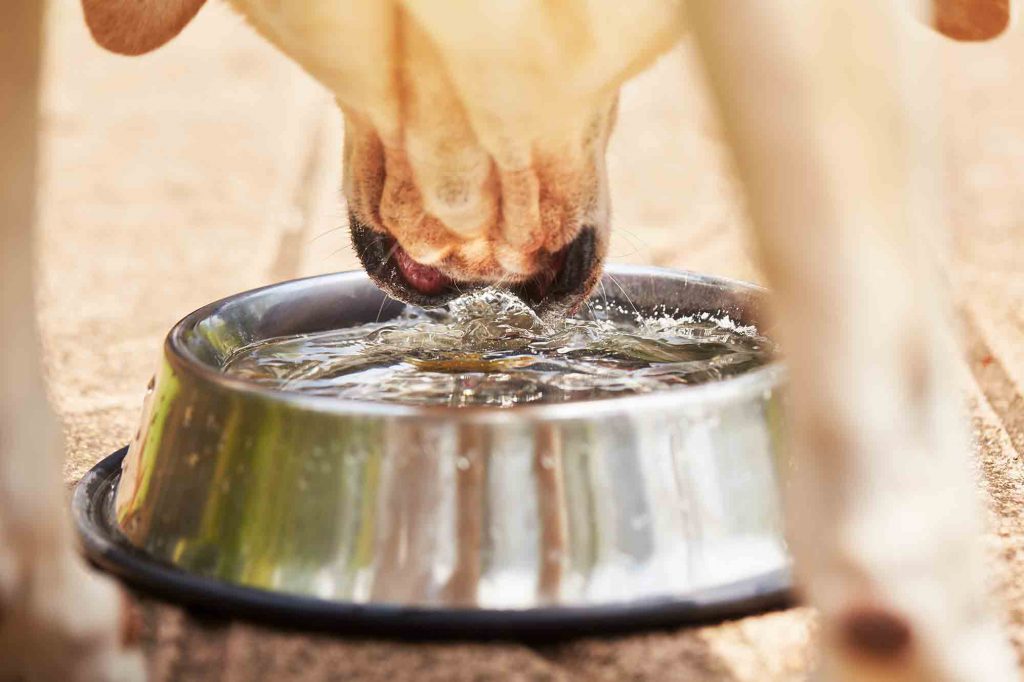 It’s no secret that water is vital to the existence of humans and animals, as well as most other living creatures. Water makes up about 70-80% of a pet’s total body mass and is critical for the proper functioning of each and every cell and system.
It’s no secret that water is vital to the existence of humans and animals, as well as most other living creatures. Water makes up about 70-80% of a pet’s total body mass and is critical for the proper functioning of each and every cell and system.
Even a small loss of a pet’s fluids can disrupt the body’s delicate balance and result in dehydration. If not corrected, dehydration will impair the body’s functioning and quickly become a medical emergency.
Beyond Bon Appetit: Why Your Puppy Eats Poop
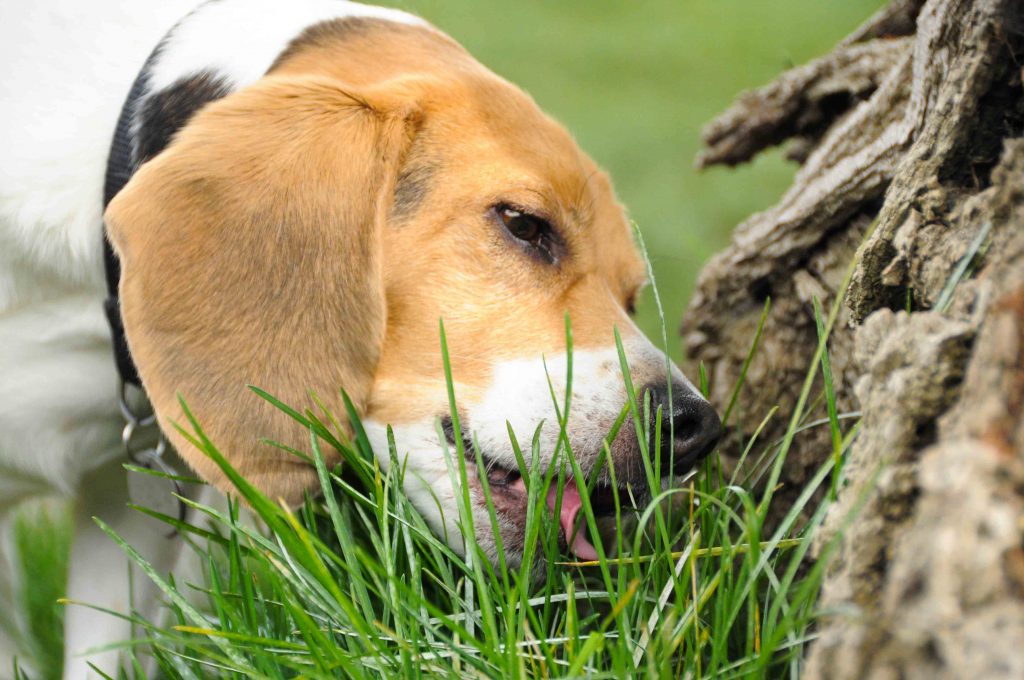 Dealing with your pet’s poop is one of the less glamorous aspects of pet ownership, but it’s just as necessary to their health and well-being as proper diet, exercise, and quality medical care. Having a puppy who eats poop, however, is something that many new pet owners weren’t expecting and aren’t sure how to deal with.
Dealing with your pet’s poop is one of the less glamorous aspects of pet ownership, but it’s just as necessary to their health and well-being as proper diet, exercise, and quality medical care. Having a puppy who eats poop, however, is something that many new pet owners weren’t expecting and aren’t sure how to deal with.
Poop-eating, also called coprophagia, is actually a normal – albeit gross–dog behavior. At Lone Tree Veterinary Medical Center we believe in tackling life’s stinky questions head on, and we are happy help you figure out why your puppy eats poop and what you can do about it.
We’ve Come a Long Way, Baby: The Evolution of Modern Pet Ownership
 According to anthropologists, it was the wolf that helped bridge the gap between humans and four-legged animals several thousand years ago, giving humans an advantage over the Neanderthal populations that dominated at the that time.
According to anthropologists, it was the wolf that helped bridge the gap between humans and four-legged animals several thousand years ago, giving humans an advantage over the Neanderthal populations that dominated at the that time.
Early humans succeeded in domesticating wolves to help guard their camps, alert them to danger, and help them with the hunting of mammoths and other large mammals. Cats joined the picture later on, during the rise of agriculture, and became valued for their ability to keep mice and other vermin out of homes, barns, and grain stores. With the help of these synergistic relationships, early humans managed to survive in a very primitive world.
Your Guide to the Smartest Pet Breeds
 We’ve all read and heard stories about intelligent pets: the dog that can figure out how to open the fridge and help himself to a snack, or the cat that seeks out a sick or sad family member to snuggle with and comfort.
We’ve all read and heard stories about intelligent pets: the dog that can figure out how to open the fridge and help himself to a snack, or the cat that seeks out a sick or sad family member to snuggle with and comfort.
It goes without saying that our own pets are blessed with above average intelligence, of course, but have you ever wondered what actually constitutes intelligence in pets, and how the smartest pet breeds are determined?

